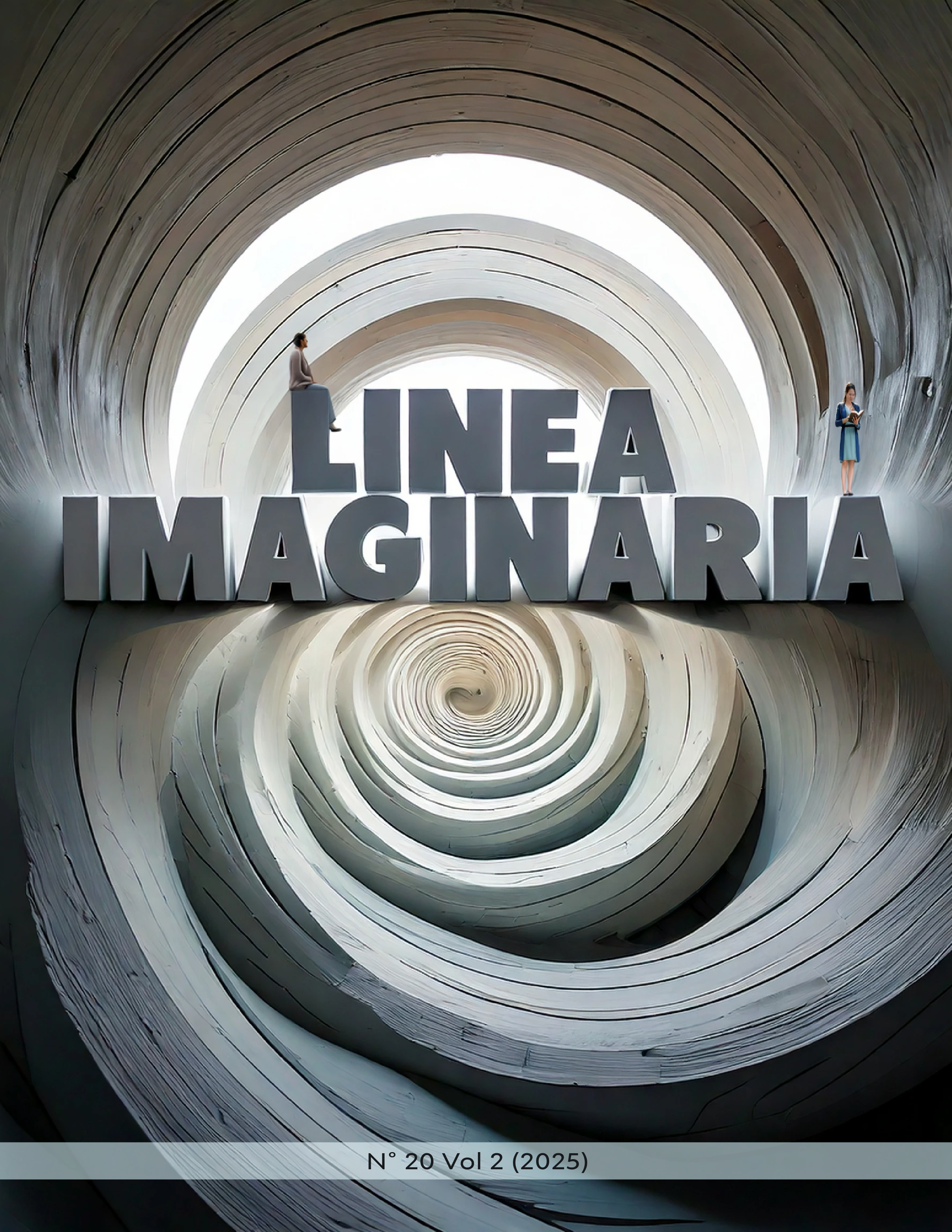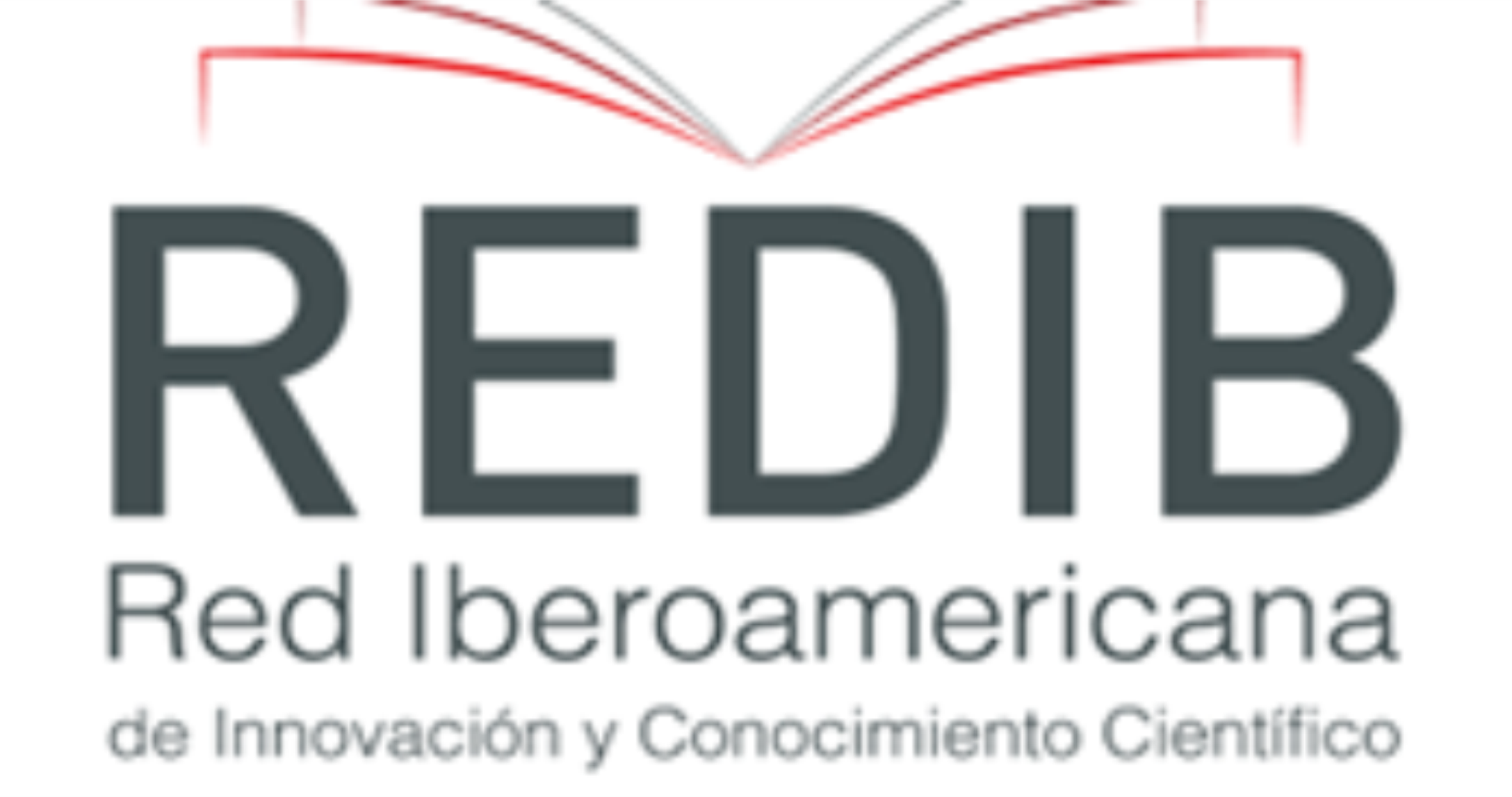COMPREHENSION, THE ACT OF GOING BEYOND READING
DOI:
https://doi.org/10.56219/lneaimaginaria.v2i20.3759Keywords:
Critical reading, hermeneutics, interpretation, comprehension, semantics, syntactics, pragmatics, literal, inference, critic,, education and pedagogyAbstract
Interpretation and understanding are probably the main skills for the development of critical reading skills, however, they are both the main challenges in the reading processes of today’s society, since in most cases it does not go beyond the literal level, without reaching a deep and analytical reading. That is why, it has made necessary, the search for a tool that facilitates the approach of a multiperspectivist reading that addresses what is in the expressed lines of the text, what is insinuated between lines, and what is behind the lines, with the clear intention of starting from them to create new visions or lines within the same text.
In this task, of search, hermeneutics appears, as a fundamental and necessary option, because as a reading strategy tends to facilitate the identification of the meaning itself of the text, allows the understanding of the micro and macro syntactic structure, allows the reflection of the pragmatic use of the language of the text and that finally helps the realization of a process of translation and recreation of what analyzed in the text.
This is why this article reviews both the fields of action, and the evolution itself that of hermeneutics and envisions a proposal from the analogy, as a backdrop, that facilitates its application within educational systems and allows its connection with pedagogy, showing limitations and establishing possible solutions to them.
Downloads
References
Beuchot, M. (1999). Las caras del símbolo: el ícono y el ídolo (Vol. 38). Caparros editores.
__________ (2005). En el camino de la hermenéutica analógica (Vol. 41). Editorial San Esteban.
Cassany, D. (2003). Aproximaciones a la lectura crítica: teoría, ejemplos y reflexiones. Tarbiya: revista de investigación e innovación educativa del Instituto Universitario de Ciencias de la Educación. 2003;(32): 113–32.
Cely, A., y Sierra Villamil, G. M. (2011). La lectura crítica, creativa e investigativa para el desarrollo de las competencias comunicativas, cognitivas e investigativas en la educación superior. CHAIN, M. D. P. (2020). Relevancia de la noción de fusión de horizontes en el pensamiento de Charles Taylor. Filosofía, universidad y república. A 100 años de la Reforma Universitaria y 50 años del Mayo Francés, 221.
Dilthey, W. (1978). El mundo Histórico. T. VII, FCE, México. Fernández-Largo, A. O. (1992). La hermenéutica jurídica de hans-Georg Gadamer. Univ. Valladolid.
Ferraris, M. (2000). Historia de la hermenéutica (Vol. 1). Ediciones Akal.
Flores, G., Porta, L., y Sánchez, M. A. M. (2014). Hermenéutica y narratividad en el discurso cualitativo de la educación. Entramados: educación y sociedad, 1(1), 69-81.
Franco, G. (1962). Las leyes de Hammurabi. Revista de Ciencias Sociales, (3), 331-356.
Geffré, C. (1984). El cristianismo ante el riesgo de la interpretación: ensayos de hermenéutica teológica (Vol. 23). Ediciones Cristiandad.
Grondin, J. (2014). ¿Qué es la hermenéutica? Herder Editorial.
Grondin, J. (1999). Introducción a la hermenéutica filosófica. Herder.
Gutiérrez, C. B. (2000). La reflexión hermenéutica en el siglo XIX entre romanticismo y metodología. Ideas y Valores, 49(112).
Heidegger M. (1977). Ser y tiempo. México: F.C.E. León, E. A. (2009). El giro hermenéutico de la fenomenológica en Martín Heidegger. Polis. Revista Latinoamericana, (22).
Londoño, J. E. (2016). La hermenéutica de Lutero en las lecciones sobre Romanos. REFLEXUS-Revista Semestral de Teologia e Ciências das Religiões, 10(16), 235-257.
López, G. (1998). La lectura. Estrategias de comprensión de textos expositivos. Escuela de Ciencias del Lenguaje. Cali: Universidad del Valle.
Lotman, I. (2003). La semiótica de la cultura y el concepto de texto. Entretextos, 121-123. Martín, J. P. (2009). Corrientes hermenéuticas de la época patrística. Comentario Bíblico Latinoamericano: Antiguo Testamento I. Pentateuco y textos narrativos, 105.
Medina Pedraza, N. J. (2003). Como desarrollar la lectura crítica: una propuesta para el nivel medio superior de la UANL (Doctoral dissertation, Universidad Autónoma de Nuevo León). Revilla, C. (2004). Del historicismo a la hermenéutica: la recepción de Dilthey. Convivium, 81-81. Ricoeur, P. (1965, January). Hermenéutica de los símbolos y reflexión filosófica. In Anales de la Universidad de Chile (No. 136, pp. ág-5). Tornero, A. (2006). Hermenéutica y estudios literarios. Inventio, la génesis de la cultura universitaria en Morelos, 2(4), 57-66.
Valencia, J. (2005). Hermenéutica: introducción sistemática y analítica. Bogotá: USTA. Volpi, F. (2005). Hermenéutica y filosofía práctica.
Downloads
Published
How to Cite
Issue
Section
License
Copyright (c) 2025 LÍNEA IMAGINARIA

This work is licensed under a Creative Commons Attribution-NonCommercial-ShareAlike 4.0 International License.
La revista Línea Imaginaria conserva los derechos patrimoniales (copyright) de las obras publicadas, que favorece y permite la reutilización de los mismos bajo la licencia Creative Commons Atribución-NoComercial-CompartirIgual 4.0 , por lo cual se pueden copiar, usar, difundir, transmitir y exponer públicamente, siempre que se cite la autoría y fuente original de su publicación (revista, editorial, URL y DOI de la obra), no se usen para fines comerciales u onerosos y se mencione la existencia y especificaciones de esta licencia de uso. Si remezcla, transforma o crea a partir del material, debe distribuir su contribución bajo la misma licencia del original.














